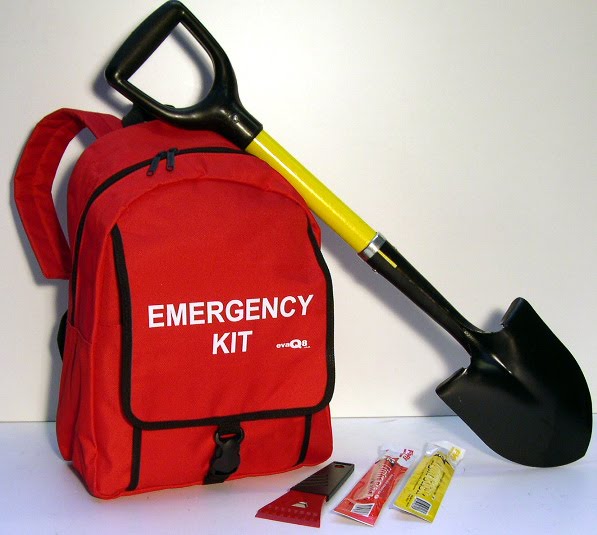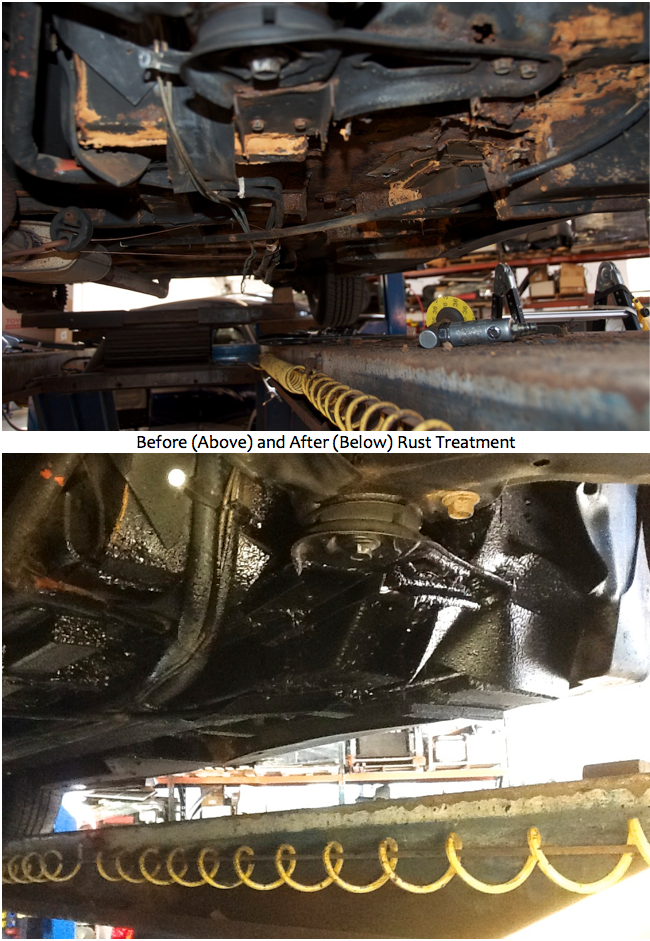From commuting to work in your wheelchair accessible vehicle to visiting friends and family following the busy holiday season, here are some winter safety tips for people living with disAbilities.
Function Over Fashion
Dress in layers. Air gets trapped between the layers and acts as insulation. Wearing multiple layers of clothing also gives you the ability to remove layers when you perspire or add them when you get chilled.
Try to avoid wearing cotton clothing, as it will stay wet once it gets wet. Consider moisture wicking, polypropylene and other lightweight, man-made fabrics.
Wear warm gloves. Gripper driving gloves not only keep your hands warm but can help prevent slipping when sleet or ice stick to wheelchairs and other surfaces. Carry an extra pair of gloves with you, in case one pair gets wet.
Protect Your Face
Use sunscreen. People don’t think about it but when the sun reflects off of snow, severe sunburns can occur.
Another good idea is to use Vaseline on exposed areas of your face. It helps prevent your face from getting dry or chapped by acting as a moisture insulator.
Getting Around
Using a wheelchair in snow can be very strenuous, especially if you’re not accustomed to it. Always be careful when maneuvering through the snow, as the extra exertion could have negative effects on your body. If possible, have somebody with you to help.
Pneumatic tires or those made from soft rubber can give wheelchairs better traction on snow and ice. An alternative is to use mountain bike tires that have knobby treads.
Always take your time on slippery surfaces so you don’t go into a slide and lose control. Be especially mindful while driving a mobility vehicle and keep winter driving tips for maneuvering over slush, ice and snow in mind.
Batteries can lose 60% of their charge when temps get cold, so keep them warm with covers.
Make sure you take proper care of your handicap accessible vehicle by following the appropriate winter car-care suggestions.
Don’t Forget Your Pets
Dogs can suffer from hypothermia and frostbite, too. If you’re accompanied by a service animal or taking a pet outside, consider a dog coat and boots for their feet. It’s also a good idea to keep a blanket in your vehicle for your pet.


